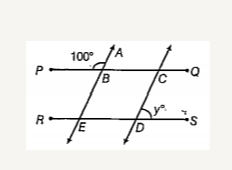In the adjoining figure ABBC=ADDF, where EBCF is a square . Find the ratio of AEEF :
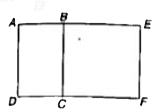
(1±√7)3
(1−√7)2
(1+√5)2
(1±√5)2
The correct Answer is:C
Step by step video, text & image solution for In the adjoining figure (AB)/(BC)=(AD)/(DF), where EBCF is a square . Find the ratio of (AE)/(EF) : by Maths experts to help you in doubts & scoring excellent marks in Class 14 exams.
Topper's Solved these Questions
- BOOK - ARIHANT SSCCHAPTER - MENSURATIONEXERCISE - TEST OF YOUR LEARNING18videos
MENSURATION
- BOOK - ARIHANT SSCCHAPTER - MENSURATIONEXERCISE - EXERCISE (LEVEL 1)55videos
MENSURATION
- BOOK - ARIHANT SSCCHAPTER - LOGARITHM EXERCISE - EXERCISE LEVEL 219videos
LOGARITHM
- BOOK - ARIHANT SSCCHAPTER - MIXED GRAPHEXERCISE - Higher Skill Level Questions15videos
MIXED GRAPH
Similar Questions
Knowledge Check
- Question 1 - Select One
In the adjoining figure ∠BAC=60∘andBC=a,AC=bandAB=c, then :
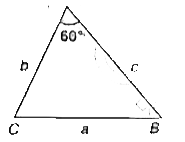 Aa2=b2+c2Ba2=b2+c2−bcCa2=b2+c2Da2=b2+2bc
Aa2=b2+c2Ba2=b2+c2−bcCa2=b2+c2Da2=b2+2bc - Question 2 - Select One
In the adjoining figure ABCD is a rectangle and DF=CF also AE=3BE. what is the value of ∠EOF, if ∠DFO=28∘ and ∠AEO=42∘?
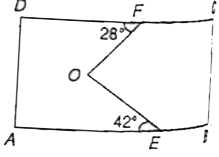 A14∘B42∘C70∘D90∘
A14∘B42∘C70∘D90∘
In the adjoining figure, if AB || CD || FE, then find x and AE.
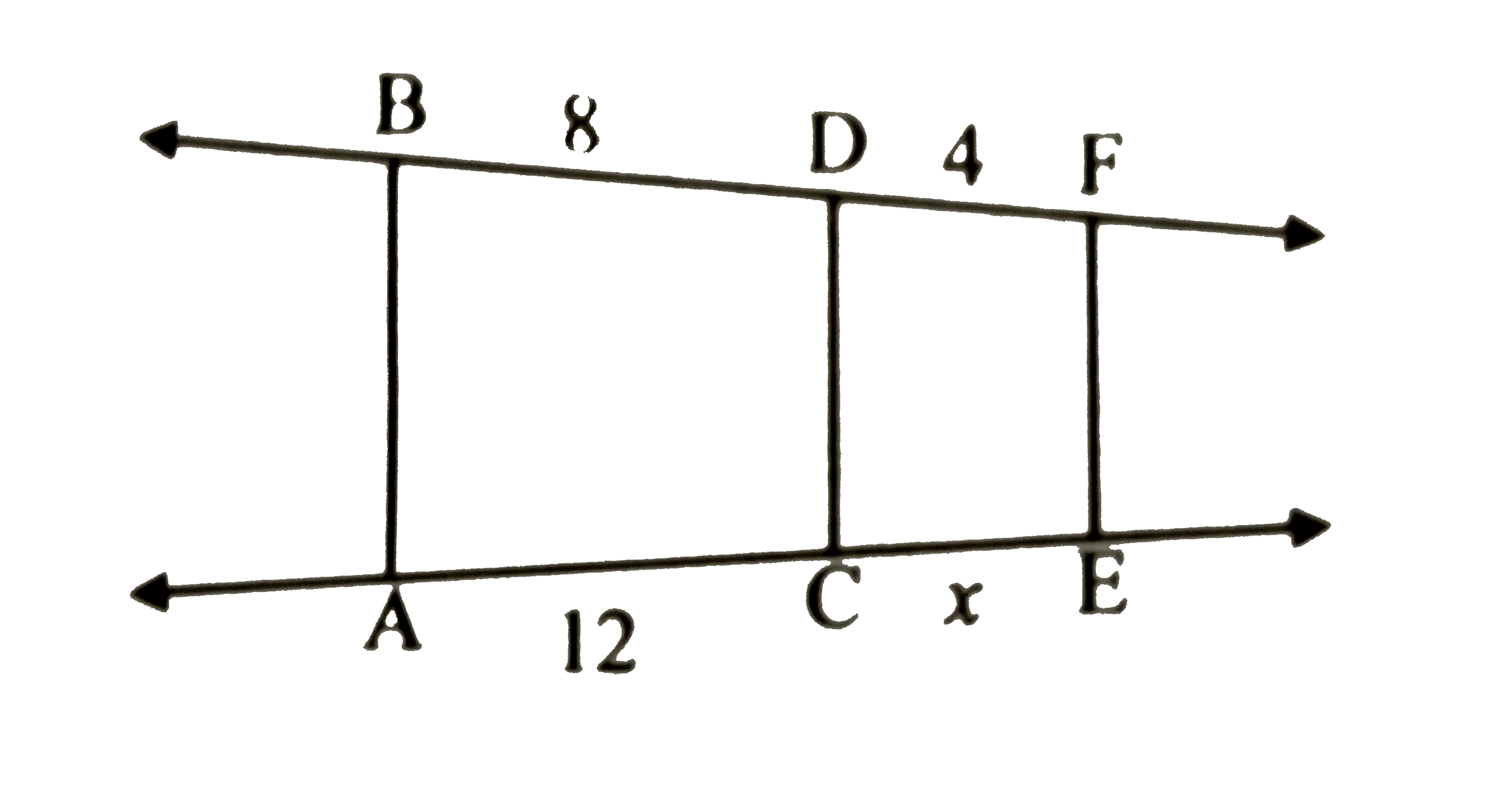 View Solution
View SolutionIn the adjoining figure, if AB||CD||FE, then find x and AE.
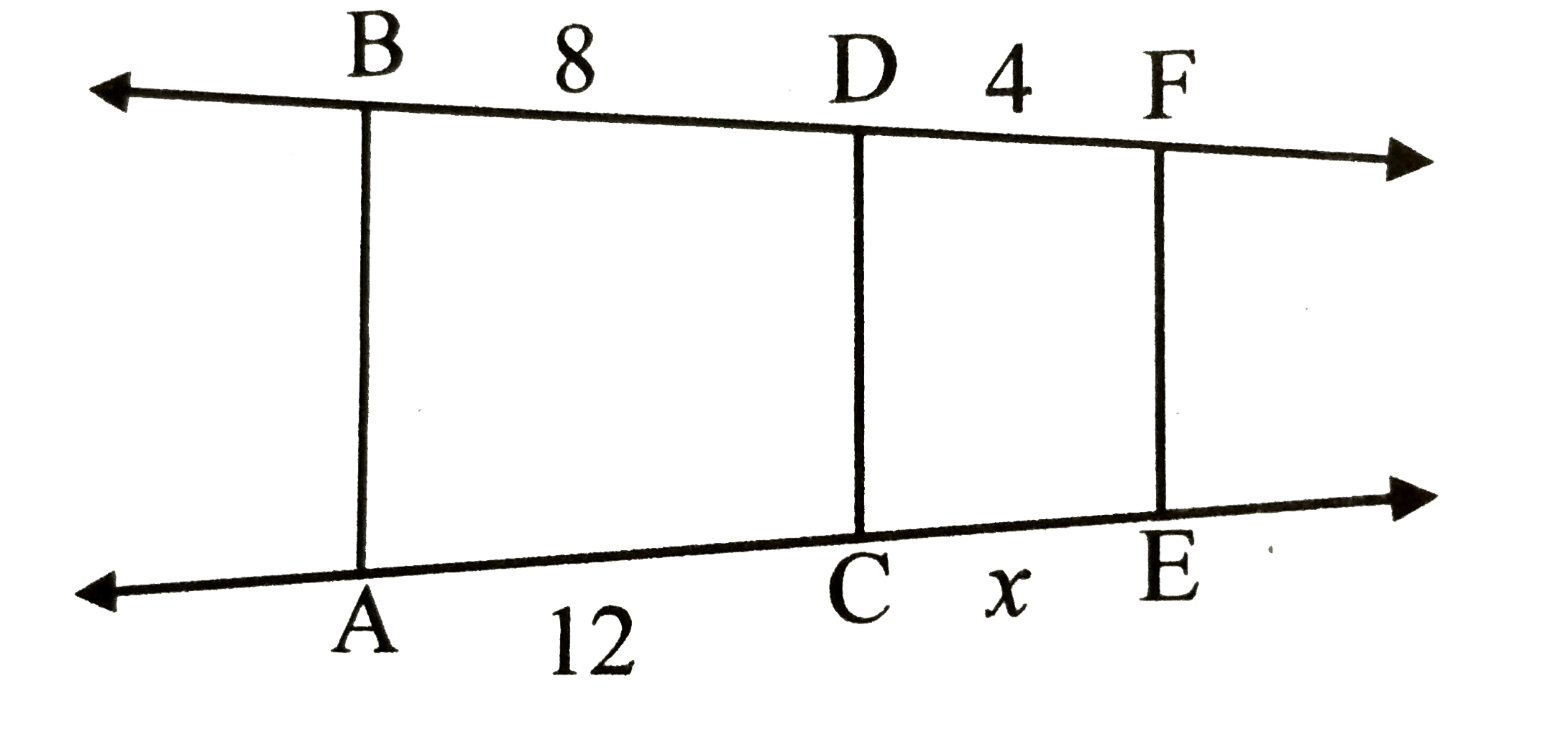 View Solution
View SolutionIn the adjoining figure, AB=8cm,DM=6cmandBC=6cm. Find the length of DN
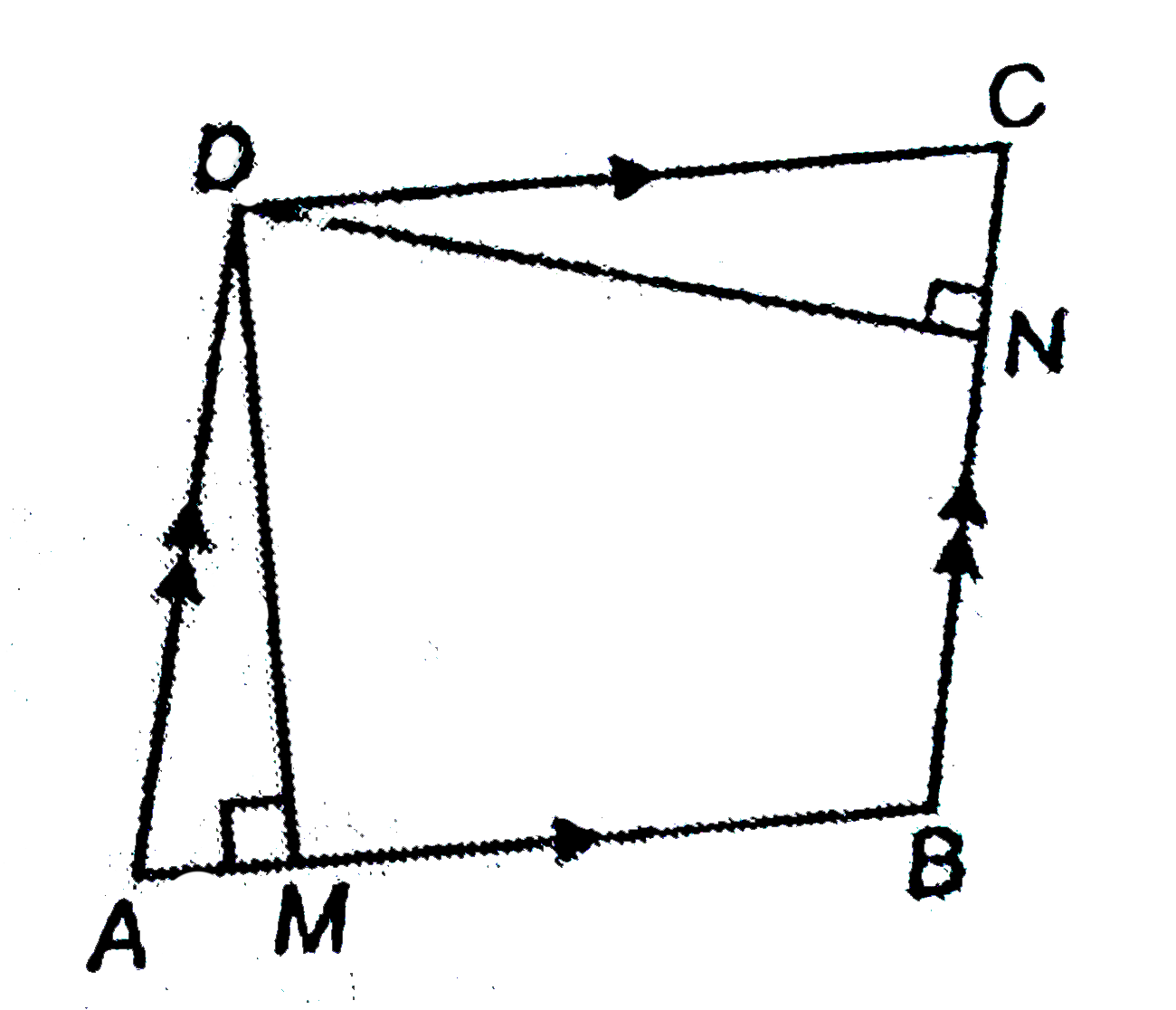 View Solution
View SolutionIn the adjoining figure DE||BE and D divides AB in the ratio 2:3 find.
(i) AEEC (ii) AEAC
 View Solution
View SolutionIn the adjoining figure, if AB = BC and BX =BY, then show that AX=CY
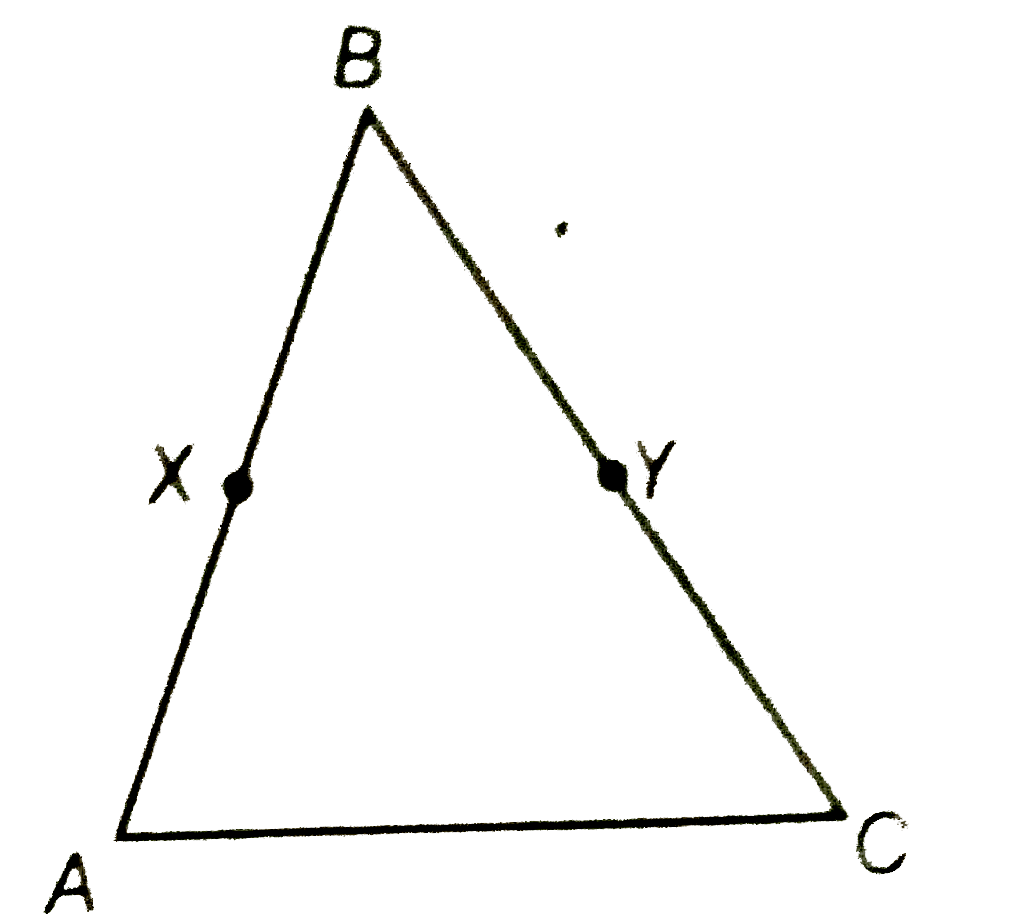 View Solution
View SolutionIn the adjoining figure, three coplanar lines AB, CD and EF intersect at a point O. Find the value of x. Hence, find ∠AOD,∠COE and ∠AOE.
 View Solution
View Solution


